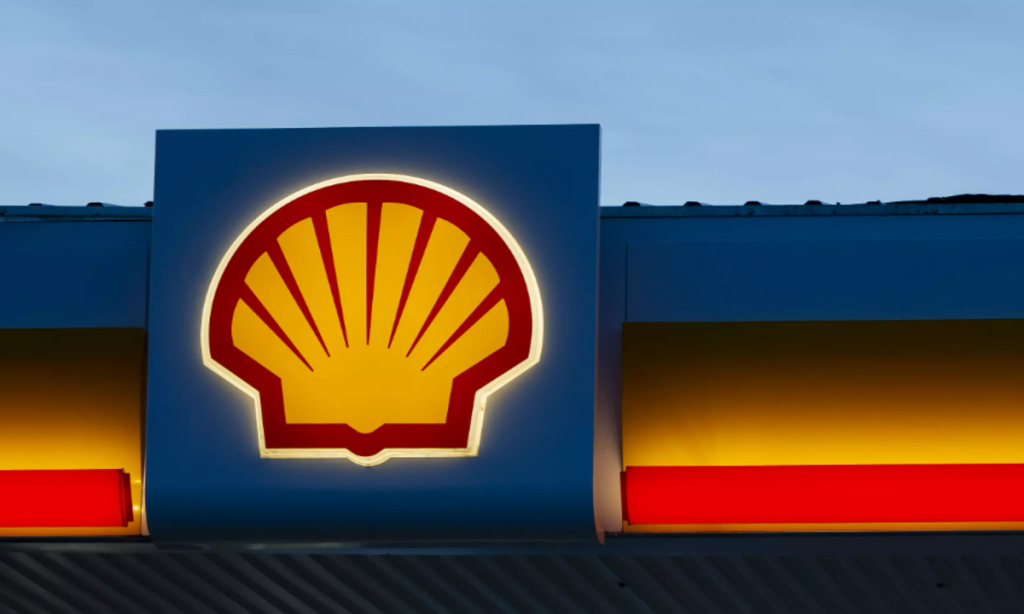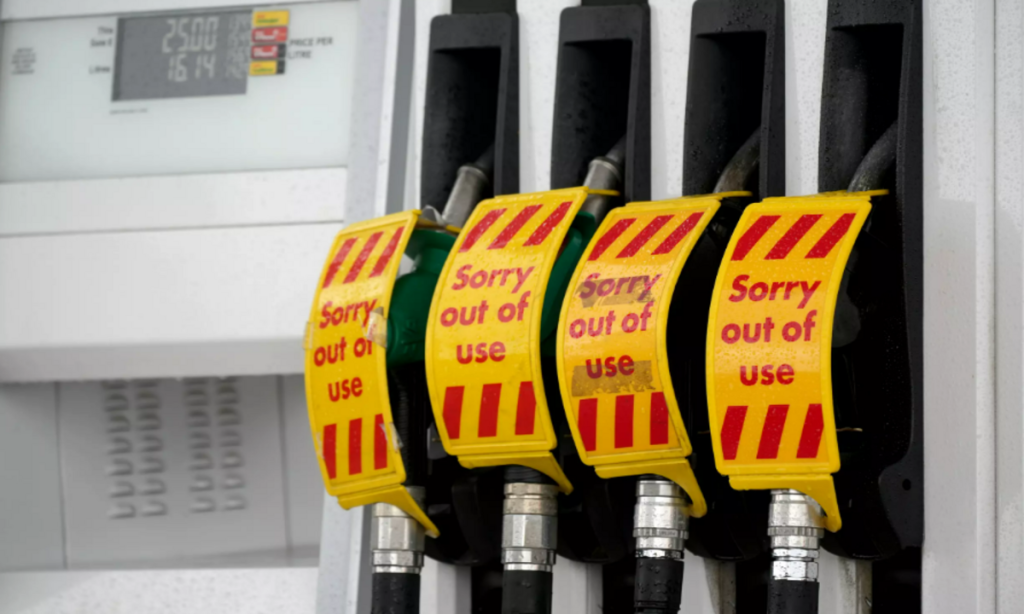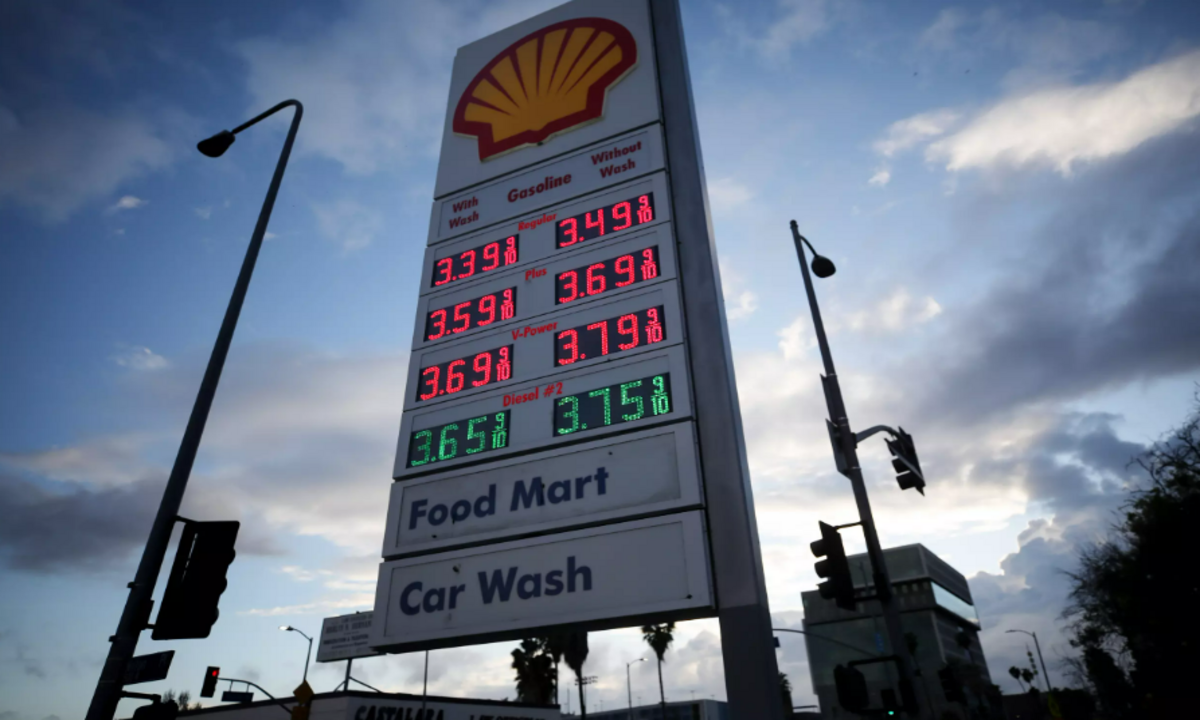Shell, one of the world’s leading energy companies, has announced a major transition in its business model. The company plans to close over 1,000 gas stations globally by the end of 2025.
This decision is part of its long-term strategy to shift towards electric vehicle (EV) charging and sustainable energy solutions. This move comes as gasoline demand continues to decline, while EV adoption is growing rapidly. With more people switching to electric cars, Shell aims to stay ahead of the curve by expanding its EV charging infrastructure and reducing its reliance on traditional Gas Stations.

Why is Shell Closing 1,000 Gas Stations?
Shell’s decision to shut down a significant number of gas stations is driven by multiple factors:
Rise of Electric Vehicles
More consumers are choosing EVs over gasoline-powered cars due to lower maintenance costs, government incentives, and environmental concerns. As a result, traditional gas stations are seeing a decline in demand.
Investment in EV Charging
Shell is focusing on expanding its EV charging network, known as Shell Recharge. By 2025, the company plans to install 70,000 public charging stations, and by 2030, it aims to reach 200,000 globally.
Sustainability Goals
The company is committed to reducing carbon emissions and supporting the global shift towards renewable energy. Closing gas stations and increasing EV charging stations align with Shell’s broader climate goals.
Changing Consumer Preferences
The way people refuel their vehicles is changing. Many EV owners prefer to charge their cars at home, and when they do use public charging stations, they expect fast and convenient options. Shell is adapting its services to meet these expectations.

What This Means for Gasoline Users
For drivers who still use gasoline-powered cars, these closures may bring some inconvenience. However, Shell is not shutting down its entire fuel network. The company still operates thousands of gas stations worldwide, and those that remain will continue to serve customers.
Additionally, Shell’s focus on EV charging does not mean gasoline will disappear overnight. The transition to electric mobility will take years, and traditional fuels will still be available during this period.
How EV Owners Benefit
EV owners stand to gain the most from Shell’s shift. Here’s how:
More Charging Stations – With the addition of 70,000 new charging stations, EV drivers will have more access to convenient charging locations.
Fast Charging Technology – Shell is investing in ultra-fast chargers that can power up a car in minutes instead of hours.
Integration with Renewable Energy – Many of Shell’s EV chargers will be powered by renewable energy, making electric driving even more sustainable.
How Much Can You Save with an EV?
One of the main reasons drivers are switching to EVs is cost savings. According to Consumer Reports, EV owners save an average of $4,600 in maintenance and repair costs over the vehicle’s lifespan. Additionally, EVs cost around 8.1 cents per mile to operate, making them cheaper in the long run compared to gasoline vehicles.
Government incentives, tax credits, and lower fuel costs also make EVs more affordable. However, some challenges remain, such as limited charging infrastructure in certain areas and longer charging times compared to refueling at a gas station.
Which Shell Locations Are Closing?
As of now, Shell has not provided a list of specific locations that will be shut down. The closures will likely depend on factors such as demand, profitability, and proximity to existing EV infrastructure. Drivers who rely on Shell for fuel should keep an eye on announcements from the company regarding their nearest stations.

The Future of Shell’s Business
Shell’s decision to transition from gasoline to electric charging is part of a broader trend among energy companies. The shift towards clean energy is becoming more urgent as governments around the world introduce stricter emission regulations and encourage the adoption of sustainable transport solutions.
By investing heavily in EV infrastructure, Shell is positioning itself as a leader in the future of mobility. While closing over 1,000 gas stations is a significant change, it also signals the company’s commitment to innovation and sustainability.
Final Thoughts
The world is moving towards electric mobility, and Shell’s decision reflects this changing landscape. While gasoline stations will still exist for the foreseeable future, the focus is shifting towards cleaner and more sustainable alternatives.
Whether you drive an electric car or a gasoline-powered vehicle, the key takeaway is that the energy industry is evolving rapidly. As more companies follow Shell’s lead, we can expect more widespread adoption of EVs and a greater push towards renewable energy in the coming years.
Disclaimer—Our team has checked this article to ensure its accuracy and eliminate any misinformation. We are committed to providing clear and reliable information for our readers.


